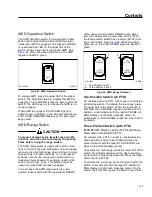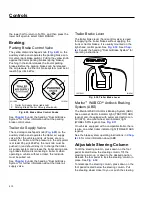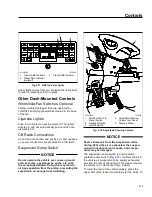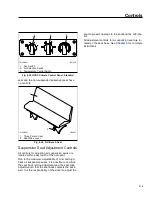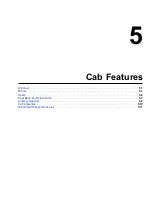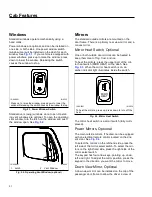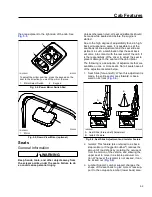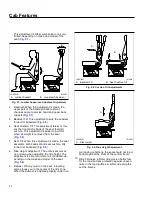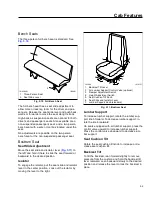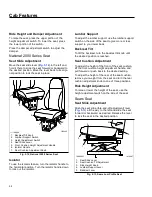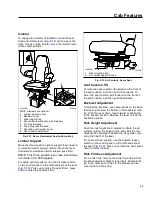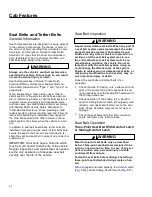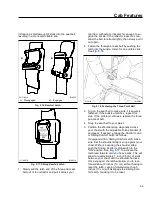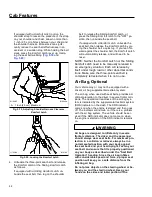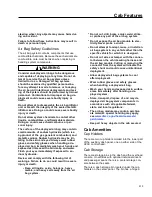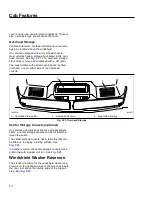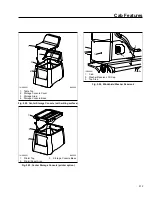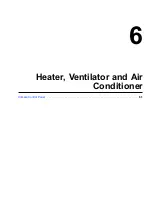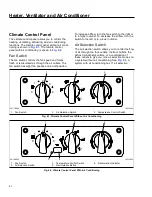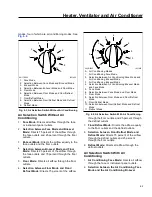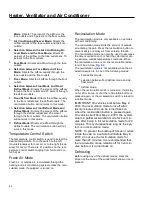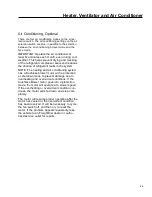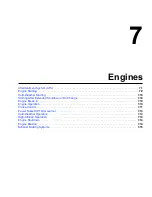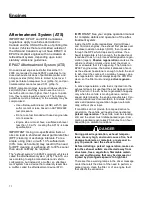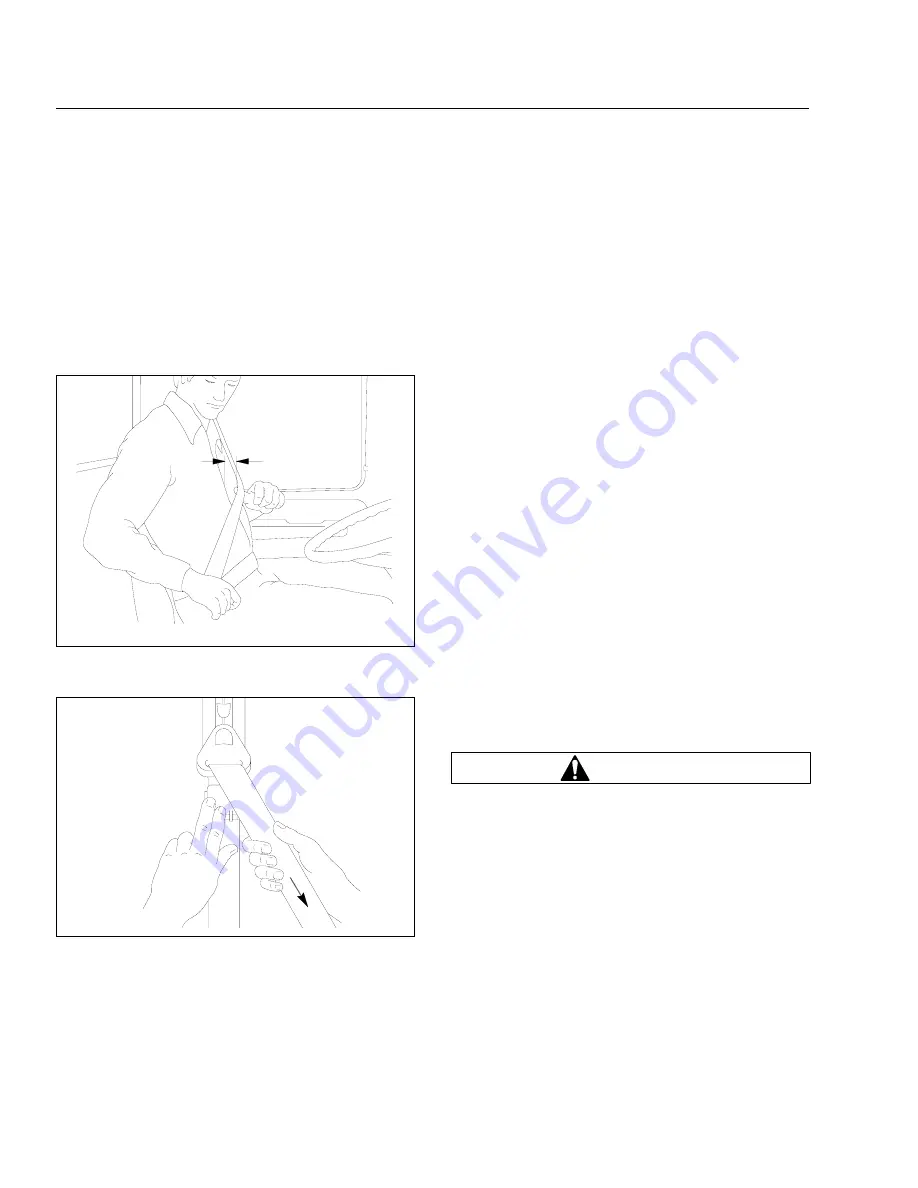
If equipped with a Komfort Latch,
pull on the
shoulder strap to lessen the pressure of the strap
on your shoulder and chest. Allow no more than
1 inch (2.5 cm) of slack between your chest and
the shoulder harness. More slack can signifi-
cantly reduce the seat belt effectiveness in an
accident or a sudden stop. While holding the belt
slack, press the Komfort Latch lever up, clamp-
ing the seat belt webbing (
Fig. 5.19
and
Fig. 5.20
).
6.
Unbuckle the three-point seat belt and release
the Komfort Latch or the Sliding Komfort Latch
as follows.
If equipped with a Sliding Komfort Latch,
un-
buckle the seat belt, then tug on the shoulder
belt to release the Sliding Komfort Latch,
or
press the Sliding Komfort latch to the "OFF" po-
sition, then unbuckle the seat belt.
If equipped with a Komfort Latch,
unbuckle the
seat belt, then release the Komfort Latch by giv-
ing the shoulder belt a quick tug. If you lean for-
ward against the shoulder belt, the Komfort Latch
will automatically release, and will need to be
reset.
NOTE: Neither the Komfort Latch nor the Sliding
Komfort Latch need to be manually released in
an emergency situation. Each will release by
itself under rough road or other abnormal condi-
tions. Make sure the three-point seat belt is
completely retracted when it is not in use.
Air Bag, Optional
Your vehicle may or may not be equipped with a
driver’s air bag supplemental restraint system.
The air bag, when used with seat belts, provides ad-
ditional protection to the driver in severe frontal colli-
sions. The operational readiness of the air bag sys-
tem is indicated by the supplemental restraint system
(SRS) indicator on the dash. The SRS indicator
comes on when the engine is started and then goes
off. The indicator will remain on if there is a problem
with the air bag system. The vehicle should be ser-
viced if the SRS indicator does not come on when
the engine is started or if the SRS indicator remains
on.
WARNING
Air bags are designed to inflate only in severe
frontal collisions. The driver and the passenger
should always wear seat belts. For maximum pro-
tection in a collision or rollover, always be in a
normal seated position with your back against
the seat back and your head upright. Fasten your
seat belt and ensure that it is properly positioned
on your body as described under the "Seat Belt
Operation" heading. Since the air bag inflates
with considerable speed and force, a proper seat
position will keep you a safe distance from the
inflating air bag.
Do not place objects on the steering wheel or be-
tween you and the steering wheel. Keep your
hands on the sides and lower portion of the
A
01/06/95
f910048a
A. 1 Inch (2.5 cm) Maximum
Fig. 5.19, Adjusting Shoulder Harness Clearance,
Komfort Latch
11/02/95
f910144
Fig. 5.20, Locking the Komfort Latch
Cab Features
5.9

